 Engineers create tunable, nanoscale, incandescent light source.
Engineers create tunable, nanoscale, incandescent light source.
Wednesday, September 18, 2019
DNA origami takes flight in emerging field of nano machines
 Nanoscale devices open new era in biomedical research and materials science.
Nanoscale devices open new era in biomedical research and materials science.
Modeling a model nanoparticle
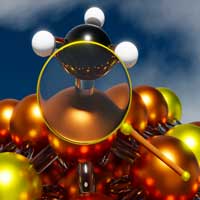 Researchers create first universal computer model for metal nanoparticle adsorption.
Researchers create first universal computer model for metal nanoparticle adsorption.
Platinum-graphene atomically-thin fuel cell catalysts show superior stability over bulk platinum
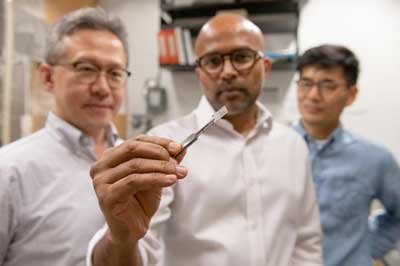 Films of platinum only two atoms thick supported by graphene could enable fuel cell catalysts with unprecedented catalytic activity and longevity.
Films of platinum only two atoms thick supported by graphene could enable fuel cell catalysts with unprecedented catalytic activity and longevity.
Graphene - The perfect atomic-scale sieve
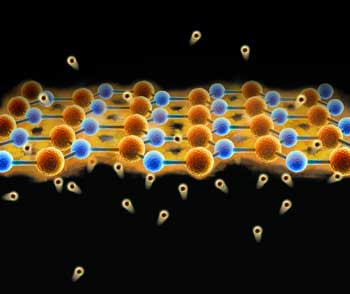 Graphene is perfectly selective to protons and blocks even smallest ions like chlorine, new research shows. This result will be important for the development of graphene-based membranes for applications ranging from fuel cells to desalination.
Graphene is perfectly selective to protons and blocks even smallest ions like chlorine, new research shows. This result will be important for the development of graphene-based membranes for applications ranging from fuel cells to desalination.
Porcupinefish inspires sturdy superhydrophobic material
 Scientists have made a durable and flexible super-water-repelling material inspired by spiky porcupinefish skin.
Scientists have made a durable and flexible super-water-repelling material inspired by spiky porcupinefish skin.
Microfluidic devices made of wood
 Researchers have developed versatile microfluidic chips made of a renewable, biodegradable and inexpensive resource - wood.
Researchers have developed versatile microfluidic chips made of a renewable, biodegradable and inexpensive resource - wood.
Brain-computer interfaces without the mess
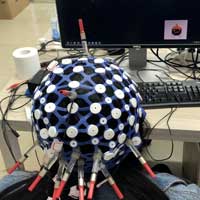 It sounds like science fiction: controlling electronic devices with brain waves. But researchers have developed a new type of electroencephalogram (EEG) electrode that can do just that, without the sticky gel required for conventional electrodes.
It sounds like science fiction: controlling electronic devices with brain waves. But researchers have developed a new type of electroencephalogram (EEG) electrode that can do just that, without the sticky gel required for conventional electrodes.
Time for perovskites
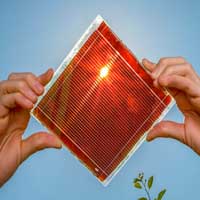 What should be a dream solar panel? Efficient, cheap to produce, durable, flexible and eco-friendly. All these we can get thanks to perovskites: new material offering energy conversion efficiency comparable to silicon panels but much cheaper to produce with simple technology.
What should be a dream solar panel? Efficient, cheap to produce, durable, flexible and eco-friendly. All these we can get thanks to perovskites: new material offering energy conversion efficiency comparable to silicon panels but much cheaper to produce with simple technology.
Subscribe to:
Comments (Atom)
